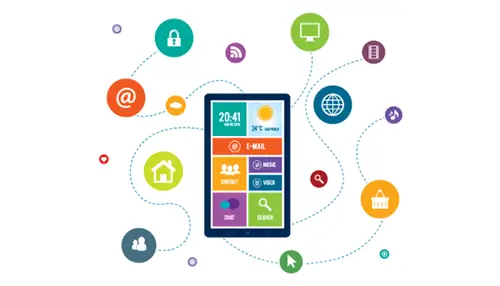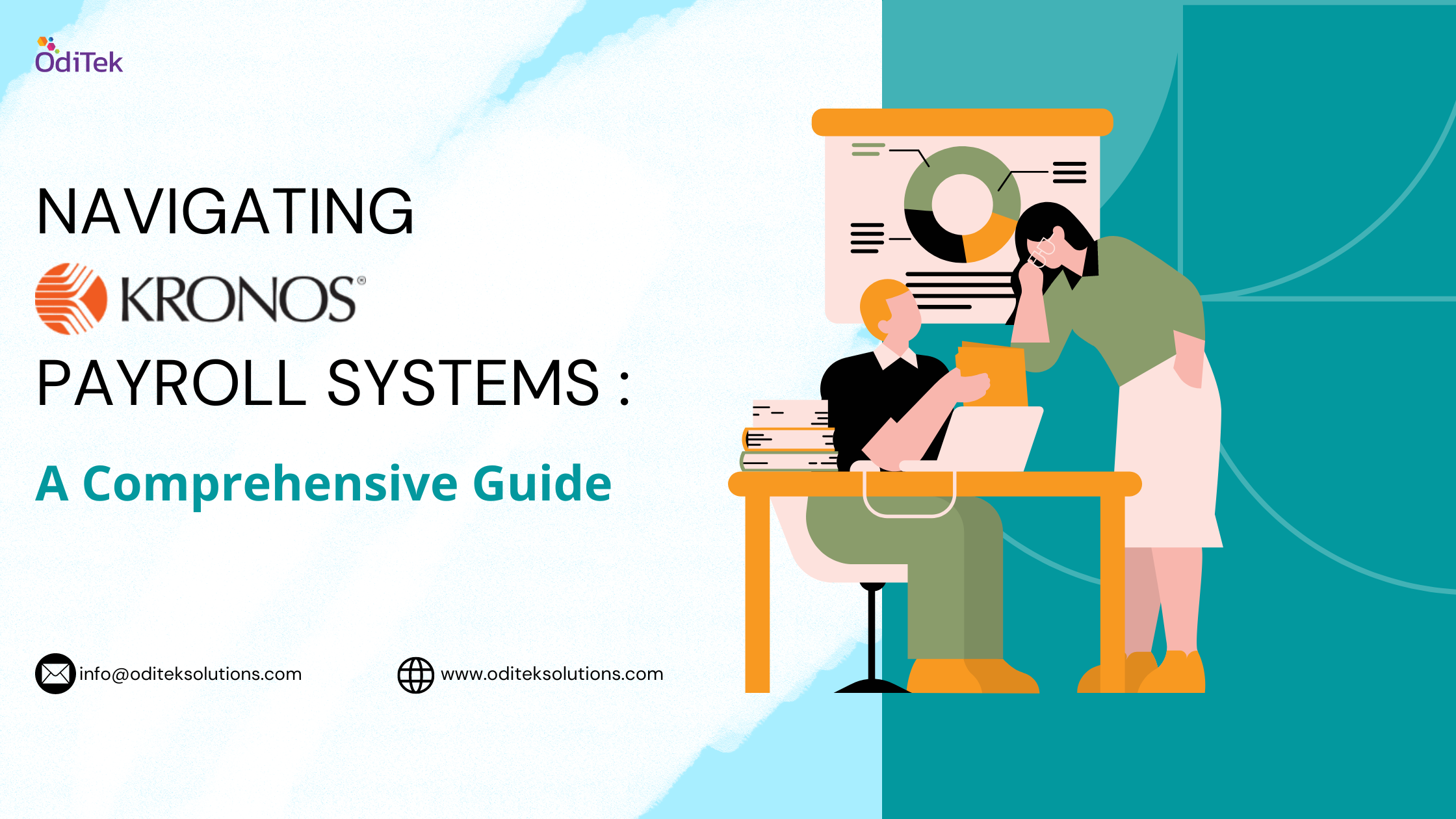Mobile automation testing is more complicated than web testing. While mobile testing focuses on Android and iOS versions and mobile screen resolutions the latter concerns different browsers and a variety of versions. Apart from stock Android, QA engineers deal with custom UIs.
Mobile automation refers to ‘automation testing ‘ that is done on mobile devices. In the process of automation, one can automate the testing of an application – in this case, a mobile application. It can either be a WAP site or an application. The automated testing process can be achieved by using tools that would help in minimizing the testing time cycle.
When to Automate Mobile Testing:
Usually mobile testing is performed manually because of the complexity of automating this particular process. The touch screen actions like scrolling and pulling are quite sensitive to automate. Let’s discuss those cases where it’s reasonable to automate mobile tests.
1. Long Term Projects: If you are aiming for a long run that means to develop and maintain the application continuously, then you must go for Mobile app automation because it will reduce your cost and related complexities.
2. Maintenance checks: If any mobile app is sourcing data from a remote server through an API, then the harmony of that application must be recorded daily. Often, certain changes occur on a server-side giving birth to different crashes like login failure to display reasonable elements on the screen.
3. Regression tests: It’s the most thorough checking process for all the routine tests that can be automated. Mobile App Automation testing is specially designed to reduce the cost that occurs for high volume regression tests.
4. Continuous integration pipelines: As the continuous integration process revolves around automated tests only, there’s no other option except for mobile app automation.
How to test Mobile Applications:
The QA engineer takes the help of mobile automation testing tools for facilitating the testing process. There are 3 options available –
1. Through a real device cloud: To increase the coverage, QAs generally conduct tests in a remote testing environment i.e. known as device farm or device cloud. The device farms are Pre-installed in OS and browsers. They provide testers having access to multi-versioned physical devices. These testers have a dashboard with the help of which they can manage and operate all the connected devices.
2. Through live local mobile devices: The QAs can test an app’s operability from the end user’s standpoint with the help of real USB-connected devices. They can accelerate it by running tests side by side on several Android devices. Though it’s quite time-consuming because of the requirement of manual infrastructure settings, still such testing provides the most precise results.
3. Through Android emulator/iOS simulator: QAs often test mobile apps by employing software that resembles a mobile device on their desktop. Abruptly, we can say the iOS simulators can only imitate the mobile software while the Android emulator spoofs both software as well as hardware environments of the target device. Hence, you will need an original Apple computer for testing. However, emulators aren’t as reliable as real devices.
Tools to be used:
QA engineers use mobile automation testing tools to facilitate the interactions among test codes and the subject applications. Some of the automation tools are open-source too. Here are certain testing tools that have been widely accepted by users across different regions.
For Android:
There are multiple popular tools for writing automated tests for Android and emulating user behavior within the application. The primary thing to check is the tools that Google itself has built for its operating system – UI Automator and Espresso. If you are used to Selenium web driver then there’s a mobile version of it i.e. Selendroid. You can also check for Robotium, which is supported by an outsized, open-source community.
1. Espresso and UI Automator: UI Automation framework allows testing UI using automated functional test cases and running them against the application under test on one or more devices. However, Espresso requires access to the source code. Hence, it provides white-box testing in contrast to UI Automator. It supports Android applications starting with the 2.3 version. The explanation why Google keeps them both is that the gap in one framework is filled by the opposite.
For example – While Espresso operates only the inside of the test application context, the UI Automator is capable of checking the interactions of the subject application with other applications. These frameworks complement each other. So it’s a better choice to use both the frameworks.
2. Robotium (for Android): It is a test automation framework for Android. It has a very good support system for native as well as hybrid applications. Robotium tool makes writing robust automatic black-box UI tests easier for Android applications.
3. Selendroid: It is a mobile automation framework that can be used for UI of different applications such as native, hybrid apps, and wap. These tests will be written through the help of Selenium 2 client API.
For iOS:
If you’re willing for iPhone app testing, you have the right UI testing tool that is officially provided by apple itself i.e. XCUITest. You can also opt for a nice alternative that is provided by Google, “EarlGrey”.
1. XCUITest: It runs within the Xcode environment and the tests should be written in Swift or Objective-C. It supports iOS version 9.
2. EarlGrey: It was primarily developed by Google in 2016. EarlGrey is quite similar to Espresso. These tools are used by Google also for functional testing of native iOS apps like YouTube, Google Calendar, Google Photos, Google Translate, etc. This tool can be added to your Xcode project manually or by using a dependency manager.
For Cross- Platform:
The Mobile application testing tools that can work for both the Operating Systems will reduce your time as well as efforts. These are the top five free as well as licensed frameworks to help you develop mobile cross-platform automated tests.
1. Appium: Appium is an open-source tool that is used for the automation of different applications such as native, web, and hybrid. Appium automation tools have been proven as a boon in the world of automation of apps that are written on Android or iOS (native), web applications.
2. Calabash: Behavior Driven Development testing framework: If you are familiar with Xamarin, then go for Calabash. Xamarin has stopped supporting Calabash since 2017 and with the help of the community, Calabash turned into an open-source tool. There are plenty of libraries available for each platform: Calabash iOS and Calabash Android.
3. SeeTest: SeeTest that has been put forwarded by Experitest, is the first commercial cross-platform testing tool in the list. It is available with a 30-day trial period.
4. Tricentis Tosca: It is a part of the Tricentis Tosca standard installation and it is explicitly selected via the custom setup. Tricentis lets you leverage Appium’s power without dealing with its technical complexity when it is paired with Appium. It also uses components of AndroidSDK and Xcode tools.
Challenges of Mobile Testing:
To carry out successful mobile automation, there are certain challenges to be faced that may pause or slow down your testing. Such challenges can be –
1. Device fragmentation: Web testing deals only with PCs and laptops, whereas mobile testing deals with phones, tablets, smartwatches, etc. Hence, handling different hardware manufacturers with different screen sizes and custom UIs often complicates the testing process.
2. Double work: Mobile testing deals with multi-versioning, keeping an eye on both Android and iOS mobile operating systems. It is quite a complicated task to implement separate tests for similar features. Supporting two sets of infrastructure at a time may also cause test breaks.
3. Matching devices: An Apple computer is necessary for writing automated tests related to iOS.
4. Testing speed: In the case of the mobile testing the code goes through a long chain of actions before it can be executed on the target device. This may result in delays in the mobile testing process.
5. Tooling and support: Mobile testing has a less mature community as compared to web automation so it may be unable to address some questions. Its tooling is still in an evolving phase.
Conclusion
Let Oditek Solutions entire team including professional services, and support engineers guide you to the trail of success. You’ll get a custom success plan that is mainly supported by automated testing best practices and backed by Oditek’s deep testing expertise. We’ve proven and prescriptive methodology that has a blueprint to success, which implies your testing goals are never far out of reach.







